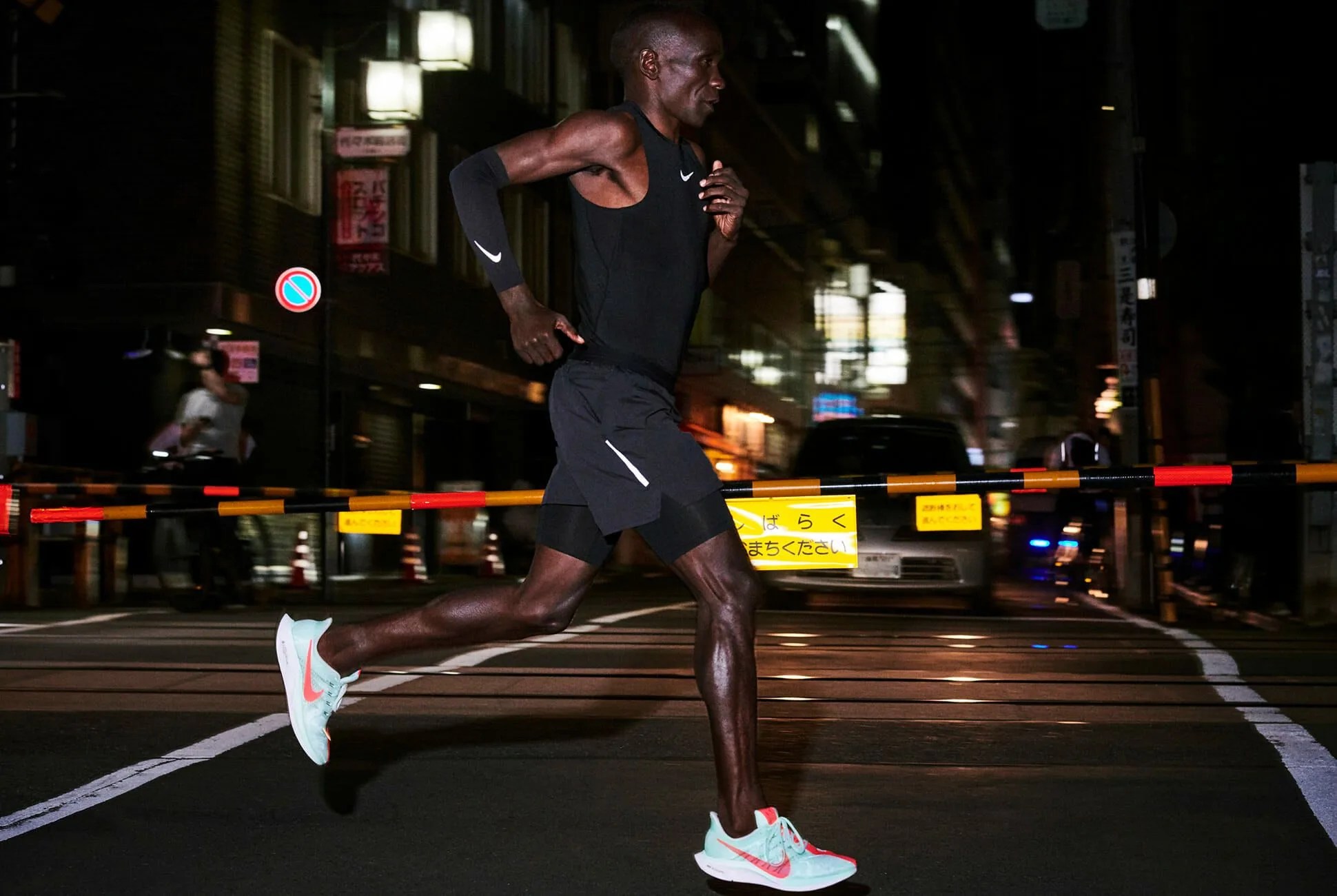Over the course of one mile, running shoes bear the brunt of over 1,400 steps and endure forces three times your bodyweight. No other piece of running gear is subject to that level of abuse — and more critical to your performance. They are literally where the rubber meets the road, yet as a running coach who helps over 150 runners per year, I keep seeing the same mistakes over and over when it comes to buying running shoes. Here are three of the most common mistakes I see and how you can to avoid them.
1. Mistaking Athleisure Shoes for Running Shoes
As the athleisure trend continues, brands will increasingly aim to create eye-catching, low-cost athletic-looking footwear. Made with lower-quality foam and materials, athleisure shoes aren’t designed to withstand the kind of abuse purpose-built running shoes are, yet the two are often nearly indistinguishable in appearance. Athleisure shoes are sometimes even marketed as running shoes by retailers.
Take the New Balance 635 V2, sold in DSW, Kohl’s and Amazon for about $60. It looks like a running shoe, it’s even got “lightweight running shoe” in its name, yet do a quick search for it on New Balance’s website, and it’s absent — a huge red flag these are not true running shoes.
In general, don’t buy running shoes from discount stores such as DSW, Marshall’s or Kohl’s — and if you do, cross-check the labeling you see there with the manufacturer. If a shoe doesn’t retail for $100 or more, odds are it’s more athleisure than running oriented. Shoes on sale are the exception. To weed out athleisure in this case, look at the retail value, or if it’s an older model, look at what the latest model costs.
2. Waiting Too Long to Replace Your Shoes
Google “when to replace running shoes” and most articles will suggest a 300- to 500-mile rule of thumb. While it’s a good reference point, very few people keep track of how many miles they have run in a particular shoe, leaving them guessing on when they hit 300 miles, and in most cases holding on to their shoes way past the retirement point.
Instead of tracking miles, think in terms of months. It’s a lot easier to remember to replace a shoe three to four months after purchase. You’ll also want to take note of visual cues that indicate when a shoe should be replaced. Telltale signs include: the grooves in the outsole (bottoms) are now smooth or worn in uneven patterns, and/or there are holes in the upper. Oh and if you find yourself wondering if you should replace your shoes, chances are it’s time to get new ones.

